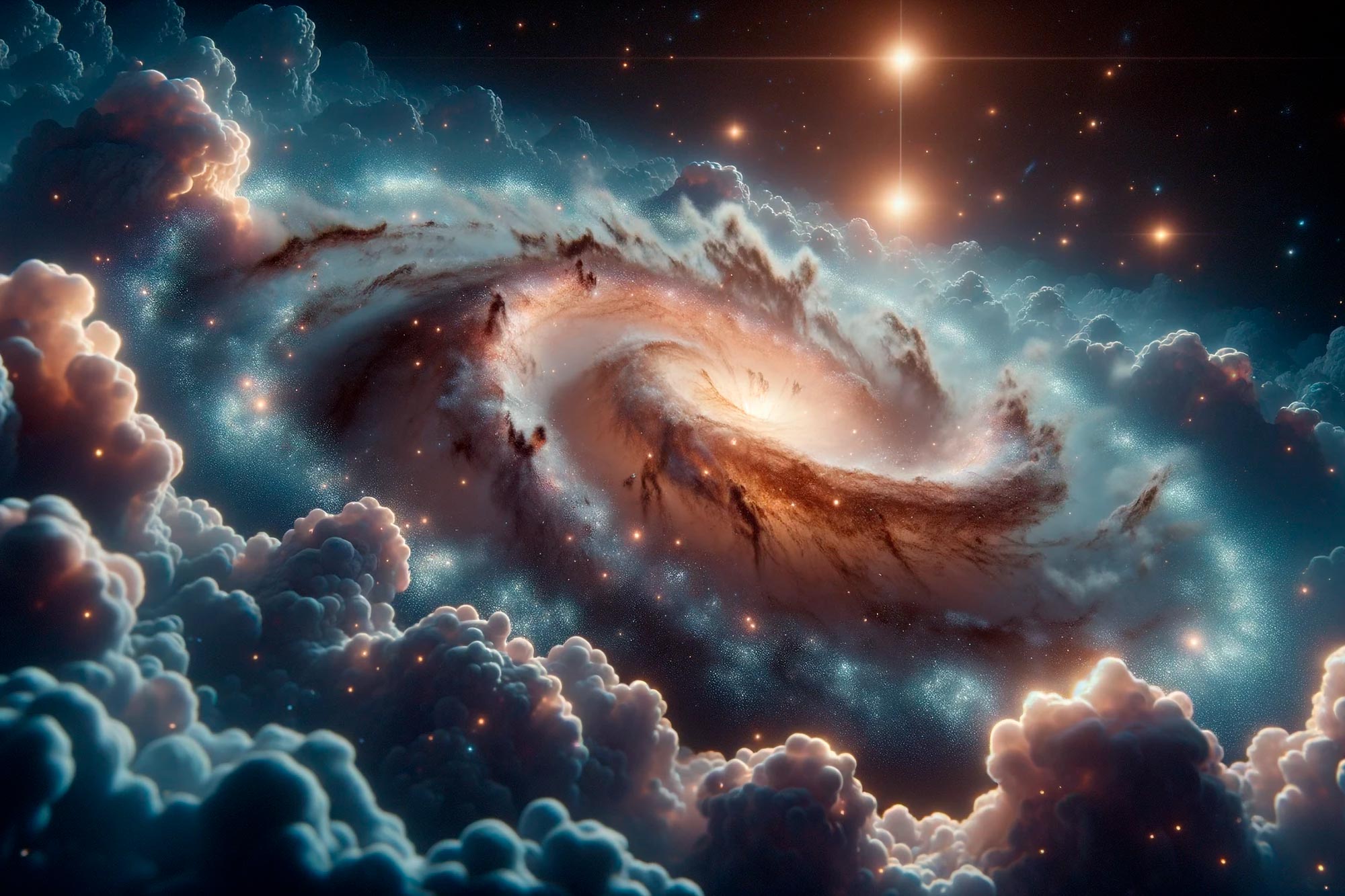A new computer simulation aligns with the James Webb Space Telescope’s observations of the early universe, accurately depicting the formations of the universe’s early galaxies and first stars.
Researchers have created a model of the early universe that better matches observations.
Researchers have developed a new computer simulation of the early universe, which closely matches observations made by the universe James Webb Space Telescope (JWST).
Initial observations of JWST suggested that something might be wrong with our understanding of early galaxy formation. The first galaxies studied by the James Webb Space Telescope appeared brighter and more massive than theoretical expectations.
Renaissance simulation
Interesting results, recently published in Open Journal of AstrophysicsResearchers at Maynooth University in Ireland, with collaborators from Georgia Tech, show that observations made by the James Webb Space Telescope do not contradict theoretical predictions. The so-called “Renaissance simulation” the team is using is a series of highly sophisticated computer simulations of galaxy formation in the early universe.

Researchers have developed a new computer simulation of the early universe that closely matches observations made by the James Webb Space Telescope (JWST). Image source: NASA, ESA, S. Beckwith (STScI) and the HUDF team
The simulations can resolve very small clumps of dark matter and can track these clumps as they coagulate and accumulate into dark matter halos that then host the types of galaxies we observe. The simulations can also model the composition of the first stars to form in our universe—Group III stars—which are expected to be more massive and brighter than today’s stars.
Consistency with existing models
The simulations used by the MU team showed that these galaxies fit models that dictate the physics of cosmological simulations.
Speaking about the results, lead author Joe M. McCaffrey, a PhD student in the Department of Theoretical Physics at Maynooth, said: “We have shown that these simulations are essential for understanding our origin in the universe. In the future, we hope to use these same simulations to study the growth of massive black holes in The beginning of the universe.
The power of JWST
Commenting on the research and the future direction of his research team, Dr John Regan, Associate Professor in the Department of Theoretical Physics at Maynooth, said: “The James Webb Space Telescope has revolutionized our understanding of the early universe. Using its incredible power, we are now able to glimpse the universe as it existed just a few hundred million years ago the great explosion – The time when the universe was less than 1% of its current age.
“What the James Webb Space Telescope is showing us is that the young universe was bursting with massive star formation and an evolving population of massive black holes. The next steps will be to use these observations to guide our theoretical models, something that until very recently was simply impossible.”
Reference: “No Jitter: JWST galaxies at z>10 are consistent with cosmological simulations” by Joe McCaffrey, Samantha Hardin, John H. Wise, and John A. Regan, 27 September 2023, Open Journal of Astrophysics.
doi: 10.21105/astro.2304.13755

“Extreme travel lover. Bacon fanatic. Troublemaker. Introvert. Passionate music fanatic.”






More Stories
Cobra Kai season 6 will be divided into 3 parts, with the first part dropping in July
NASA Commercial Crew Comparison Boeing Starliner and SpaceX Dragon
The star was forced to turn down the role